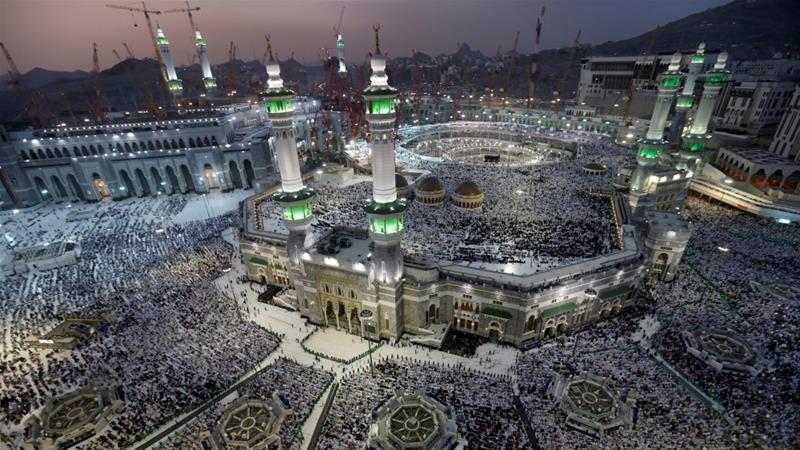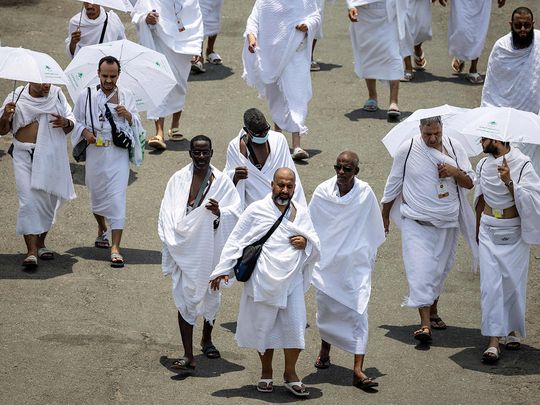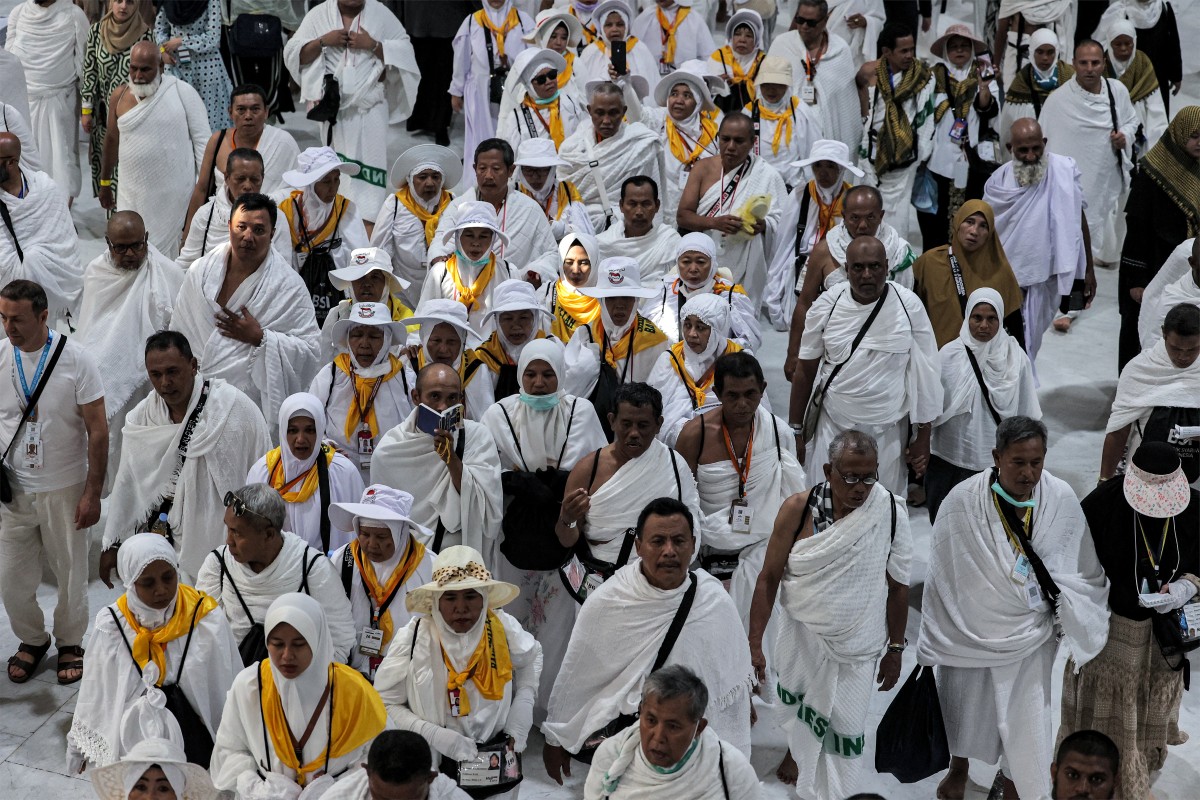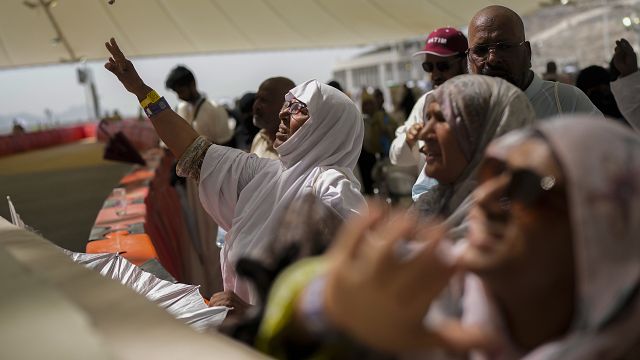Pilgrims gather in Mina valley, just outside Mecca, for start of the annual pilgrimage.
More than two million Muslims have started the annual Hajj pilgrimage in Saudi Arabia.
The five-day pilgrimage must be performed by all Muslims, who are financially and physically able, at least once in their lives.
You may be interested
On Sunday, pilgrims started gathering in Mina valley, on the outskirts of Mecca, for the start of the Hajj.
In temperatures reaching the 40-degree mark, these people will perform rites in the Mina valley, mount Arafat and in Mecca.
Male pilgrims wear two white unstitched pieces of cloth that cover their body, known as the ‘ihram’, while women wear loose fitted clothing.
Pilgrims are not allowed to cut their hair, wear perfume, or engage in sexual acts. The ritual ends with men completely shaving their heads.
The climax of the Hajj includes the Eid al-Adha festival, which is one of Islam’s two major festivals and involves the sacrifice of an animal, usually a sheep, goat, or cow.
Around 54 million pilgrims have attended the Hajj over the past 25 years, according to official figures.
Almost 14,000 international and domestic flights have so far transported pilgrims with around 21,000 buses also used.
Safety
In recent years, Saudi Arabia’s management of the Hajj has courted controversy over its record on safety and political rivalries with several of its neighbours.
In 2015, a crane collapse at the Grand Mosque in Mecca killed 111 people.
A stampede the same year in Mina killed more than 2,000 people, although Saudi Arabia put the official death toll at 767.
The following year, the Iranian government, which lost 464 nationals during the stampede, banned its citizens from attending the pilgrimage in protest.
Iranians were allowed back the following year.
Qatari officials have also complained that their nationals have been prevented from performing the Hajj following a blockade imposed by Saudi Arabia and its allies the UAE, Bahrain, and Egypt since June 2015.















